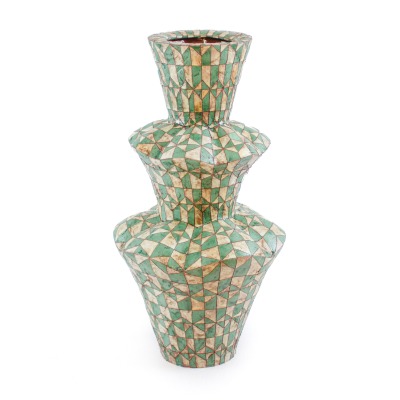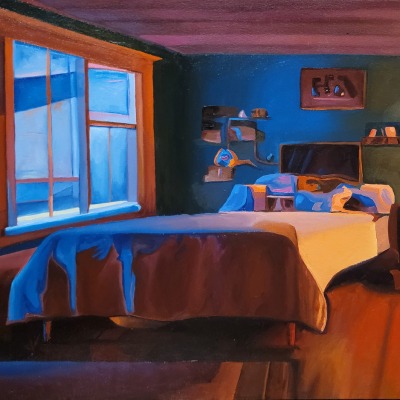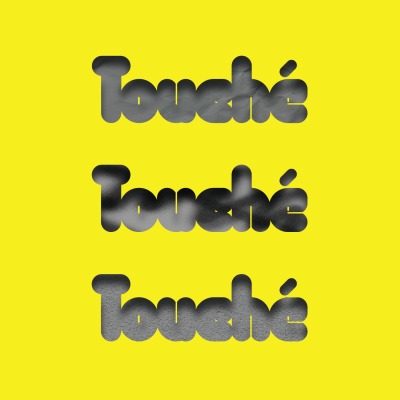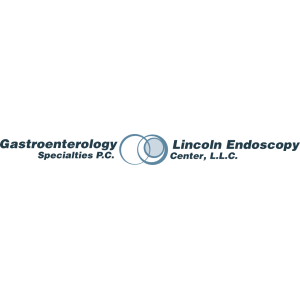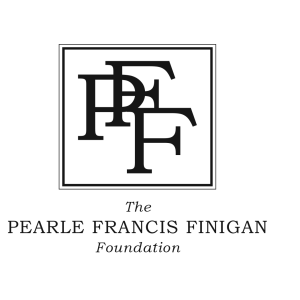European Perspectives
European Perspectives
The scope of this exhibition is Modern Art in Europe which began in 1850 and ended 1960. Modern artists were often called the “Avant Garde” which originally was a military term that described the first soldier out—the one to take the most risk. Using that phrase to reference an artist indicates one whose subjects and techniques were radical, different from the more traditional or academic artistic styles.
One reason this new approach to art arose was due to the invention of photography in the mid-1800s. Photography made the realistic portrayal of a subject by an artist no longer important. Instead, artists started experimenting with new ways of seeing reality, with fresh ideas about the nature, materials, and the purpose of art. Modernism encompassed a host of new styles of art—Impressionism, Abstraction, Pure Abstraction, Neo-Impressionism, Symbolism, Fauvism, Cubism, Futurism, Expressionism, Suprematism, Constructivism, Metaphysical painting, De Stijl, Dada, Surrealism, Social Realism, Abstract Expressionism, Pop art, Op art, Minimalism, and Neo-Expressionism.
As modernism spread across Europe, it was fueled by various components of culture that were undergoing revolutionary changes such as technology, societal norms, politics, economics, and religion. Industrialization had a unique impact on traditional ways of life. Many people left rural areas to work in city factories. Wealth came to families not in the aristocracy which was the beginning of a middle class. Men fought for voting rights; and personal freedom and autonomy began to be thought of as human rights. Governments were disconnecting from religions, diminishing religions’ power. Artists gained freedom from religious and political patrons and could create art from their personal aesthetic or for the newly wealthy public.
Most European countries and the United States had modern artists but during the central 110 years of modernism, the epicenter of modern art was in France. The exception to this statement is one important artist, Francisco Goya who was Spanish. Though he is outside the time perimeters of modernism he is considered the first of the modernists. Goya was immensely influential in the art world and he certainly could be described as Avant Garde, his etching, Que Sacrificio done in 1798 is the earliest print in the European Perspectives exhibition.
Among artists included in European Perspectives are Pablo Picasso, Édouard Manet, Paul Cézanne, Henri Matisse, and Henri de Toulouse-Lautrec. These modernist artists concurred with Nietzsche that art before modernism had degenerated because it was too concerned with the rules of form and not enough with the creative energies that lie under reality’s surface. Come explore the creative energies of eighteen modernists artists in the European Perspectives exhibition in the Lux Print Gallery. This exhibition is curated by Susan Soriente, Print Curator of the Gladys Lux Print Collection.























